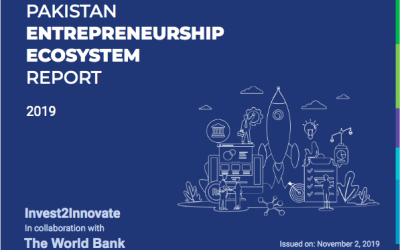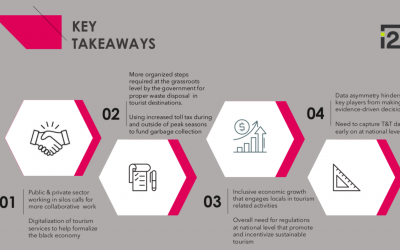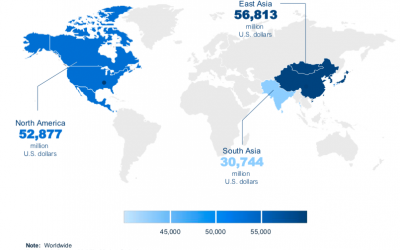Overview
Despite its current challenges, microfinance plays a crucial role in Pakistan’s financial ecosystem, providing low-income individuals and small businesses with access to credit. Now, with the increasing digitisation of the sector, the financial landscape is becoming more dynamic and promising.
In our last Friday Feature, we highlighted how the fintech sector attracted the highest share—71%—of the total disclosed funding for Pakistani startups in 2024. This week, we take a deeper dive into the financial sector, examining the momentum of digitisation and the current state of microfinance, as we believe both have the potential to positively impact the economy—and possibly create more space for fintechs to thrive.
Industry Updates
Pakistan’s microfinance industry has seen a shift toward nano loans, making financing more accessible for underserved populations. Digital platforms like easypaisa have led nano finance, reducing the average loan size to around PKR 14,400 from PKR 46,000 in earlier years. Around 23% of the estimated 40.9 million potential clients have access to microfinance, signaling significant room for expansion.
The overall financial sector’s growth aligns with Pakistan’s National Financial Inclusion Strategy (NFIS) for 2024-28, which emphasizes expanding financial services to SMEs, agriculture, and housing. A major development in this regard was the State Bank of Pakistan’s (SBP) issuance of the first Digital Retail Banking (DRB) license to Easypaisa Digital Bank, formerly known as Telenor Microfinance Bank. Easypaisa’s new banking operations aim to enhance financial inclusion, especially among the unbanked population.
Additionally, SBP granted No Objection Certificates (NoCs) to four other digital banks, including HugoBank Limited, KT Bank Pakistan Limited, Mashreq Bank Pakistan Limited, and Raqami Islamic Digital Bank Limited. These digital banks are expected to bring innovative, tech-driven financial solutions to underserved communities.
Key statistics (Microfinance):
Gross Loan Portfolio (GLP): PKR 565B
Active Borrowers: 10.78M
Female Borrowers: 46% (Dec2023)
Challenges:
Despite growth, the sector faces multiple challenges:
High Loan Defaults: Non-Performing Loans (NPLs) stood at 9.5% in 2023, with concerns over repayment following the 2022 floods.
Capital Adequacy Issues: Capital Adequacy Ratio (CAR) of the sector declined to 2.8% by September 2024, much below the minimum regulatory requirement of 15%. CAR is a measure of a bank’s financial health and stability. It represents the ratio of a bank’s capital to its risk-weighted assets. The IMF and the World Bank have expressed concerns over these vulnerabilities.
High cost of onboarding: The price of onboarding in India is PKR 42. In Pakistan through a digital app, it is PKR 1,300. The ability to extend financial services is also risky and difficult without collateral. Solution: Digital Public Infrastructure (DPI), with a data exchange layer that allows credit scoring can help financial institutions lend smartly, reducing chances for NPLs. Onboarding can also be cheap with the use of DPI data.
Potential:
Digitisation and microfinance are positioned as cornerstones of Pakistan’s National Financial Inclusion Strategy (NFIS) for 2024-28, aimed at fostering inclusive economic growth. The strategy emphasizes enhancing access to financial services for underserved communities, particularly in sectors like SMEs, housing, and agriculture.
Potential benefits include:
Economic Upliftment: By enabling low-income individuals to start small businesses or improve their livelihoods, microfinance can stimulate economic activity.
Women Empowerment: Increased access to financial resources empowers women, contributing to gender equality and community development.
Financial Inclusion: Expanding microfinance services can significantly reduce the unbanked population, enhancing overall economic participation.
Opportunities for Fintechs:
Fintechs may find new opportunities as the State Bank’s Raast initiative gains momentum, with the recently passed Digital Nation Pakistan Bill expected to further boost the sector.
SBP Governor Jameel Ahmad has also urged digital banks to develop innovative solutions for individuals and MSMEs. “This focus would be instrumental in fostering financial inclusion and driving economic growth,” he stated.
With an improving digital payments ecosystem, growing fintech adoption, and a vast untapped market, Pakistan’s microfinance sector is poised for transformation—provided the right regulatory and financial support is in place.


